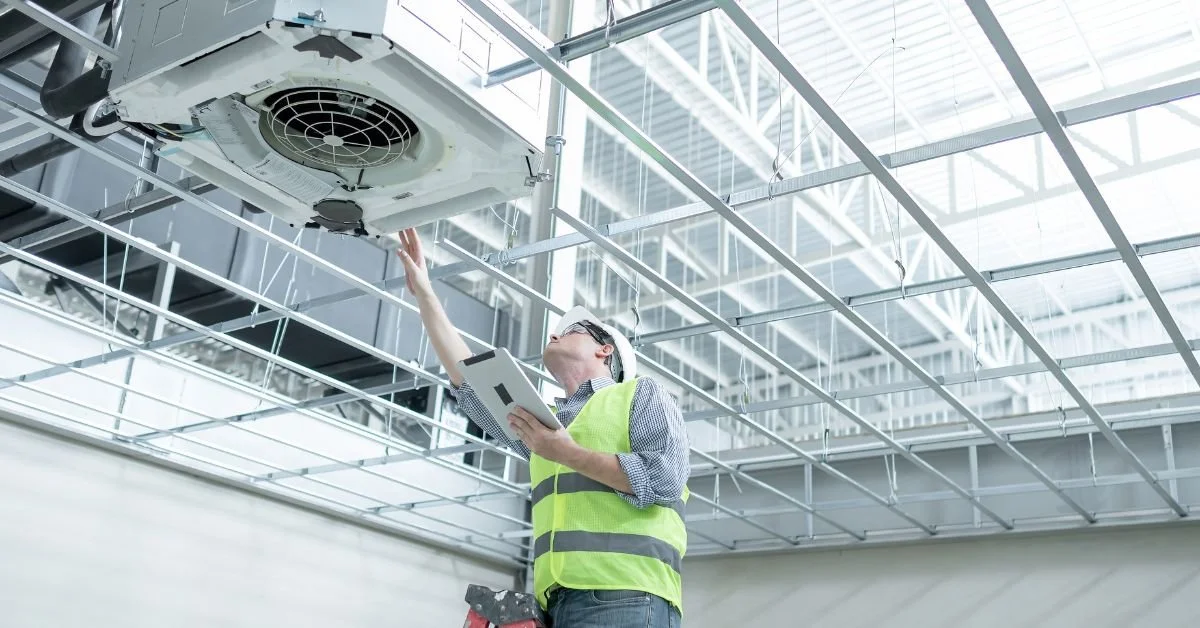Navigating the Urban Jungle: NYC's Last Mile Service Transformation
New York City, known as the concrete jungle, presents unique challenges for last mile service due to its dense population, complex infrastructure, and bustling urban environment. However, with the advent of innovative technologies and creative solutions, NYC's last mile service is undergoing a remarkable transformation. This article explores the evolving landscape of last mile delivery in the city, focusing on the strategies and advancements that enable businesses to navigate the urban jungle and provide efficient and seamless service to their customers.
I. The Complexity of Last Mile Delivery in NYC
To understand the significance of NYC's last mile service transformation, it is crucial to recognize the complexity of delivering goods in such a densely populated and fast-paced urban environment. The city's narrow streets, congested traffic, limited parking spaces, and high-rise buildings pose significant challenges to traditional delivery methods. These obstacles often result in delays, missed deliveries, and frustrated customers.
II. Embracing Technological Innovations
a. Mobile Applications and Digital Platforms: One of the key drivers of the last mile service transformation in NYC is the integration of mobile applications and digital platforms. These technologies enable businesses to streamline the entire delivery process, from order placement to real-time tracking and proof of delivery. Customers can conveniently track their packages, receive notifications, and provide delivery instructions, enhancing transparency and improving the overall customer experience.
b. Internet of Things (IoT) and Smart Devices: IoT-enabled devices such as smart lockers, connected vehicles, and sensors play a vital role in optimizing last mile delivery in NYC. Smart lockers provide secure and convenient package pickup options, reducing the need for multiple delivery attempts. Connected vehicles equipped with GPS and IoT sensors enable real-time route optimization, efficient fleet management, and proactive monitoring of delivery conditions. These technologies enhance operational efficiency and ensure timely deliveries.
III. Micro-fulfillment Centers and Urban Warehousing
a. Micro-fulfillment Centers: To overcome space limitations in the city, businesses are increasingly utilizing micro-fulfilment centers strategically located within NYC. These smaller-scale facilities enable faster order processing, reduce transportation distances, and improve inventory management. By placing fulfilment centers closer to customers, businesses can achieve quicker turnaround times and enhanced responsiveness.
b. Urban Warehousing: The concept of urban warehousing involves repurposing underutilized spaces within the city, such as empty buildings or parking lots, as distribution hubs. These strategically located warehouses bring goods closer to end customers, reducing delivery distances and improving overall efficiency. Urban warehousing also allows for faster replenishment and supports same-day or even on-demand delivery options.
IV. Sustainable Delivery Solutions
a. Electric Vehicles and Alternative Modes of Transport: NYC's last mile service transformation emphasizes sustainability by adopting electric vehicles (EVs) and alternative modes of transport. EVs offer lower emissions, reduced noise pollution, and lower operational costs compared to traditional gasoline-powered vehicles. Additionally, businesses are exploring the use of bicycles, electric scooters, and even cargo bikes for eco-friendly deliveries in congested urban areas.
b. Consolidated Delivery and Reverse Logistics: Consolidated delivery models aim to optimize routes and reduce the number of vehicles on the road by consolidating packages from multiple retailers or distributors. This approach minimizes congestion and lowers emissions. Reverse logistics, on the other hand, focuses on efficiently managing returns and recycling processes, reducing waste and promoting sustainability.
V. Collaboration and Partnerships
a. Shared Spaces and Co-working Networks: To tackle the challenges of the urban jungle, businesses are embracing shared spaces and co-working networks. These collaborations foster resource sharing, joint deliveries, and pooling of infrastructure and expertise. By partnering with other businesses and utilizing shared resources, companies can optimize operations and reduce costs.
b. Collaboration with Local Authorities and Community Organizations: Last-mile service transformation in NYC involves collaboration with local authorities and community organizations. Such partnerships can lead to improved traffic management, designated loading zones, and optimized parking regulations, all of which contribute to smoother and more efficient last mile delivery.
Conclusion
As New York City's last mile service continues to evolve, businesses are embracing innovative technologies, creative solutions, and collaborative approaches to navigate the urban jungle. The transformation of last mile delivery in NYC is driven by advancements in technology, the optimization of delivery routes, the utilization of micro-fulfillment centers, and a focus on sustainability. By leveraging these strategies, businesses are overcoming the challenges posed by the city's complex infrastructure and providing efficient, convenient, and environmentally friendly last mile service to customers. The ongoing transformation not only benefits businesses but also enhances the overall urban experience by reducing congestion, improving air quality, and ensuring timely deliveries in the concrete jungle.










